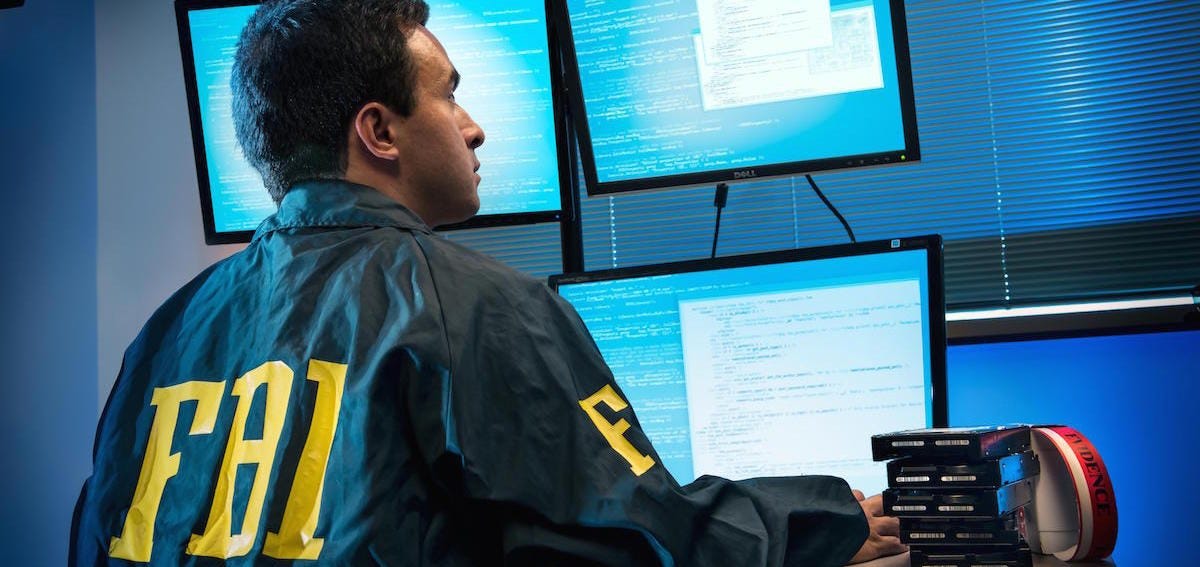By George Friedman
Donald Trump’s presidency will have geopolitical consequences. Most of the world wants to know what he will do. But that depends on what he can do. That, in turn, will be determined by the political dynamics within the United States as well as by counteractions of other nations. This is a case where politics rises to the level of geopolitics. Trump’s actions will be conditioned by the actions of other players, particularly in Congress. Trump, after all, will only be the president and his unilateral powers will be limited. For most of the things he wants to do, he needs Congress to go along. Therefore, the American stance toward the world will depend, for the moment, less on what Trump wishes than what Congress decides to do.
Trump has presented himself as a transformative leader, confronting a crisis in the U.S. with a radical new approach, both in policy and in political culture. Many presidents present themselves as transformative, but few are. In the 20th century, two were genuinely transformative. One was Franklin D. Roosevelt and the other Ronald Reagan. Both faced problems that the vast majority of Americans knew to be problems. Roosevelt confronted the Great Depression, Reagan the stagflation of the 1970s. Both also confronted significant geopolitical problems. Roosevelt had to deal with the emerging crisis in Europe and Asia, combined with his social and economic concerns. Reagan, in addition to an economic crisis, had to cope with the defeat in Vietnam and the subsequent relative increase of Soviet power.














